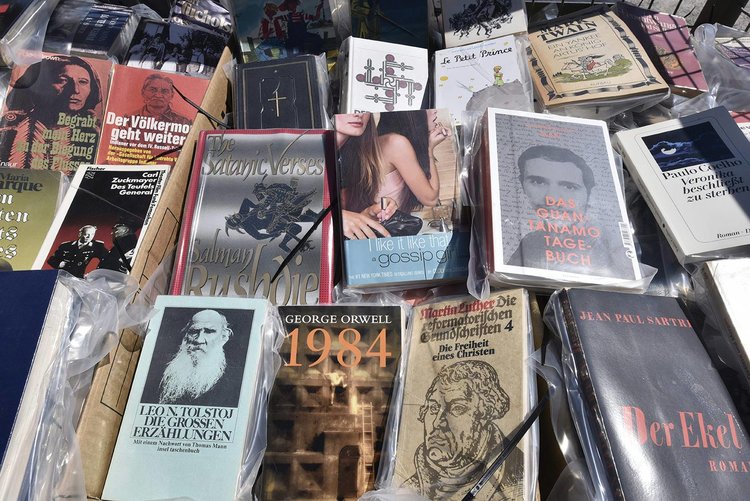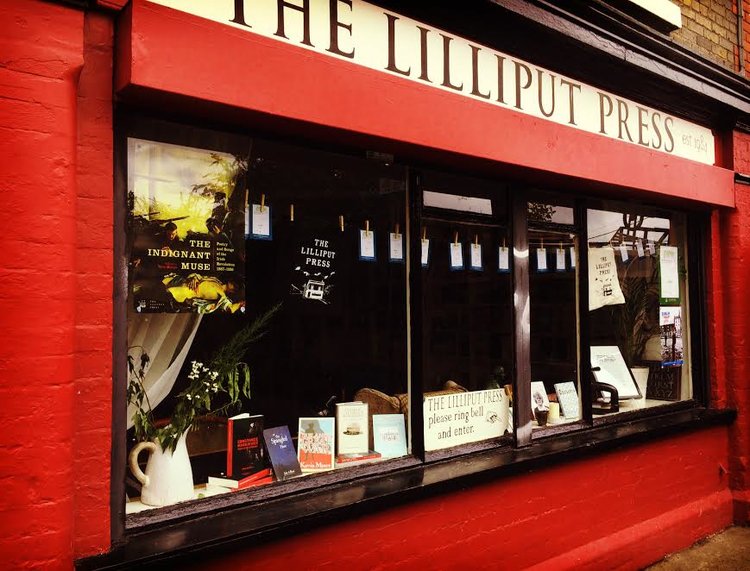Riposte | The Pantheon of Books at documenta 14
Each fortnight, HeadStuff brings an unadulterated critique of the global art scene.
As part of documenta 14 in Kassel, The Parthenon of Books is a symbol of opposition to the banning of writings and the persecution of their authors. To realise this work, the Argentine artist Marta Minujín and the documenta 14 team are collecting books that have now been published anew after having been banned for years as well as those that are distributed legally in some countries but not in others.The installation is a replica of a temple in Athens- often called the birthplace of democracy.
Composed of as many as 100,000 banned books from all over the world, the work will be erected on Friedrichsplatz in Kassel, where some two thousand books were burned by the Nazis during the so-called “Aktion wider den undeutschen Geist” (Campaign against the Un-German Spirit) in 1941.

Minujín’s home country, Argentia, is no stranger to censorship with its history of dictatorship.The Parthenon of Books traces its origins to an installation titled El Partenón de Libros, which was realised in 1983, shortly after the collapse of the civilian-military dictatorship in Argentina, and presented the very books that had been banned by the ruling junta.
Censorship, the persecution of writers and the prohibition of their texts motivated by political interests and attempting to influence our thoughts, our ideas, and our bodies, are once again widespread today.

The visual highlighting of print censorship is always pertinent. The Irish experience is principally one of self-suppression rather than outward imposition.
Exceptions to this are patently in the political sphere and relate to print journalism; for instance during Ireland’s 1981 hunger strikes when republican prisoners were starving themselves to death in the North, at least five ‘big’ landlord-associated houses were attacked and burned in the South — none were reported by the press in the supercharged atmosphere of the time.
Another exception lay in the collusion between State and the Churches (mainly Catholic) through the harbouring of young mothers, orphans and juveniles, blithely locked away and forgotten since 1922 under the aegis of charity, in the equivalent of forced labour camps and gulags throughout the country. The media silence reflected the views of an innately conservative response with a readership only too happy to look the other way—until the advent of the 2009 Ryan Report and other shaming investigations. Likewise a polite silence envelops the thousands of pregnant women who take the boat or plane yearly to ‘post-Christian’ England for abortion.

As for self-suppression, this of course relates to sex in all its rainbow manifestations, beginning with the great Ulysses by James Joyce, concluding with the Penelope episode and its protracted description of female masturbation. This novel singly did more to alter literary sensibility than any work published hitherto or since. It was first published in 1922 in Paris and brought home by Lilliput Press in 1996 in the first Dublin Edition of this masterwork.
In 2015 Lilliput also published a Sixtieth Anniversary Edition of JP Donleavy’s The Ginger Man, documenting the earlier (suppressed) editions and publishing history of this vivid realisation of Sebastian Dangerfield’s time at Trinity College, loose in post-war Dublin during the late 1940s. Its sexual content made it off limits until the post-Chatterly era of 1960s swinging London.
Today most extremes of opinion are permissible with the ‘freedom’ of the Internet. Ironically, print publications hold the boundaries and responsibilities associated with ‘good taste’: having been prisoners, we are now the gatekeepers.

